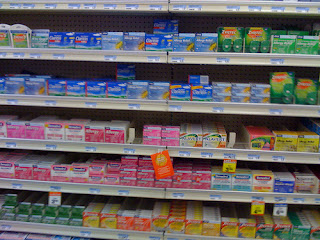Pills aren’t working? Are those alternate therapies not doing the trick? Or are you just sick (physically and mentally) of your symptoms being so intense and irritating every day or allergy season?
These are just some of the reasons why many patients venture to the care and treatment of hay fever through immunotherapy.
What even is immunotherapy though?
What even is immunotherapy though?
Immunotherapy is treatment targeted often to type I hypersensitivity, which uses desensitization therapy. Also, usually works best with hay fever patients. How it works is through the involvement of environmental control of external allergens in addition to the titrated pharmacologic exposure to them as well. With environmental control, a plan has to be made to decrease the exposure to the specific allergen(s). The pharmacologic desensitization process involves injections of the allergen (antigen) regularly through a course of time. This usually will last anywhere from months to years depending on the extent and progress. Throughout the time period, the dosages of allergen will be increased as tolerated. This will hopefully cause a change in the immunoglobins so that there will be an increase of IgG and IgA blocking antibodies as opposed to the abundance of IgE..
However immunotherapy doesn’t always work and may not be a complete treatment to allergy symptoms. Also it has been reported that the relief to certain grasses and pollens usually last about 4-5 years.
Some considerations before getting involved
If you are thinking about getting immunotherapy keep a couple of things in mind. Such as the commitment it will take -the years of having to come in for the shots. Also it is an expensive process- you must weigh the costs of this with the costs of the medications you normally use. Immunotherapy is not a definitive treatment and does not yield the same results for everyone. Age is an important consideration- immunotherapy shots are usually not given to children under five and to older adults (65+ depending on medical status). Lastly, there are some medication conditions that may be present to prevent you from receiving immunotherapy. These include immunodeficiency diseases, recent heart attack or unstable angina, current use of beta blockers.
Remember if you are considering this to ask your physician about any concerns or questions you may have.


